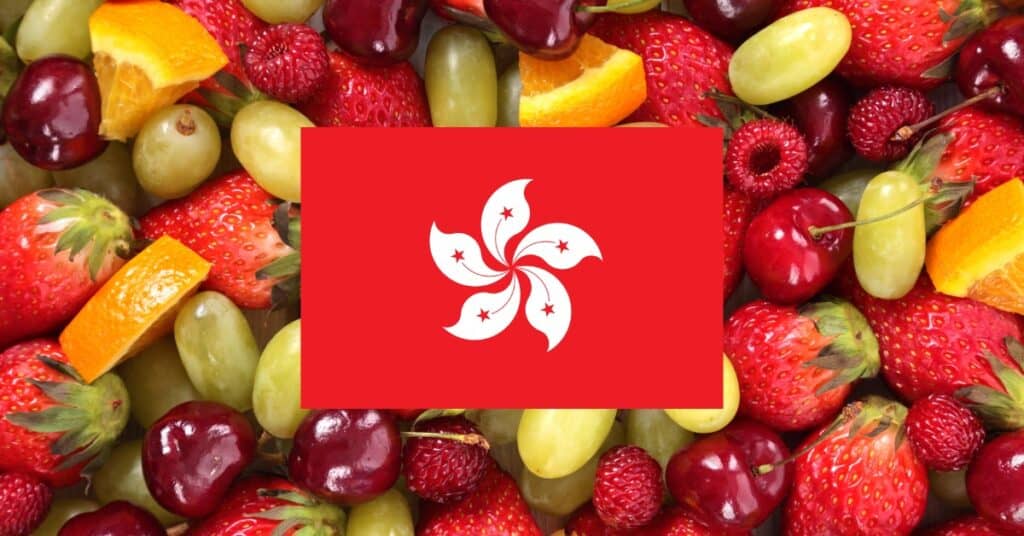Are you ready to have fun while learning a new language? Get ready to play games to learn about fruits in Cantonese! Whether you're a beginner or looking to expand your vocabulary, these interactive activities will keep you engaged and excited to learn. Join us on this language-learning adventure and discover the delicious world of fruits in Cantonese. Let's play games and master the language together!
Games
Study Resources
Vocabulary
| English | Cantonese |
|---|---|
| apple | 蘋果 |
| apricot | 杏 |
| avocado | 牛油果 |
| banana | 香蕉 |
| blueberry | 藍莓 |
| cherry | 櫻桃 |
| coconut | 椰子 |
| fig | 無花果 |
| grape | 葡萄 |
| grapefruit | 柚子 |
| kiwi | 獼猴桃 |
| lemon | 檸檬 |
| lime | 青檸 |
| mango | 芒果 |
| melon | 甜瓜 |
| nectarine | 油桃 |
| orange | 橙 |
| papaya | 木瓜 |
| peach | 桃子 |
| pear | 梨 |
| pineapple | 菠蘿 |
| plum | 李子 |
| raspberry | 覆盆子 |
| strawberry | 草莓 |
| watermelon | 西瓜 |
Quick Facts
- Fruits in Cantonese are called 水果 (seoi2 gwo2).
- Some common fruits in Cantonese include 蘋果 (ping4 gwo2) - apple, 葡萄 (pou4 tou4) - grape, and 香蕉 (hoeng1 ziu1) - banana.
- Fruits are an important part of the Cantonese diet and are often included in meals and snacks.
- Fruits are known for their health benefits such as providing vitamins, minerals, and fiber.
- In Cantonese culture, fruits are often given as gifts during special occasions and festivals.
Downloads
Vocabulary List
Download:fruits_in_cantonese.pdf









